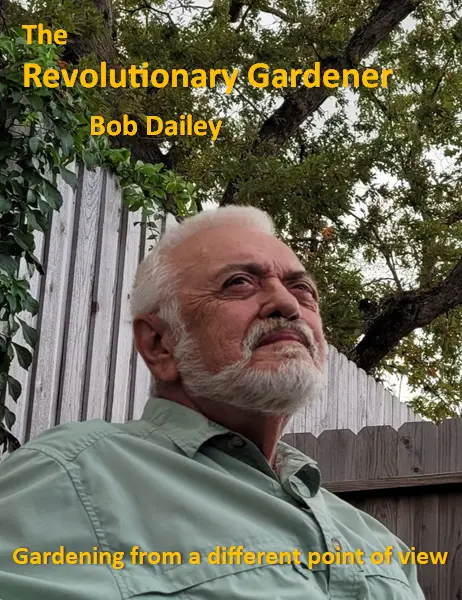Welcome To
Gulf Coast Gardening
Gulf Coast Gardening shares a wealth of information about …well…gardening. Here, you’ll find articles on vegetable gardens, landscaping, native plants, pests and beneficial insects. You’ll find DYI guides on planting times, when and how to fertilize, and tools you may need. You’ll also discover interesting new discoveries in gardening and soil management techniques. I hope you will benefit from these blogs and keep coming back to Gulf Coast Gardening.
Recent Article
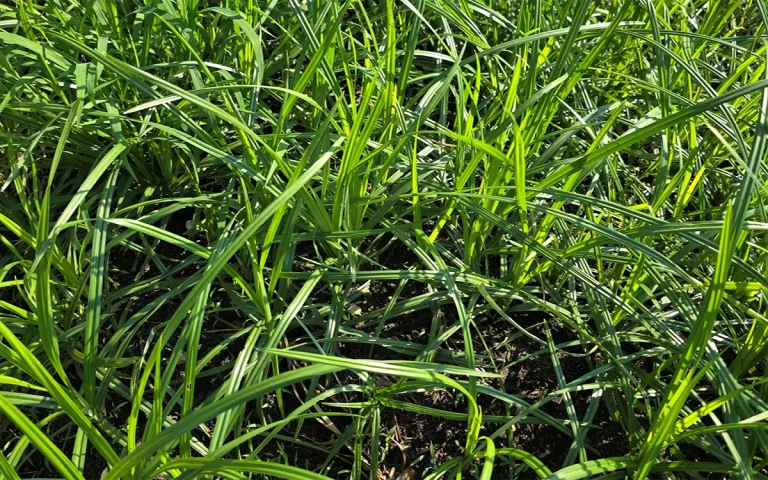
How to Get Rid of Yellow Nutsedge Organically
Yellow Nutsedge (Cyperus esculentis) is native to North America. Its habitat extends from southern Canada all the way south to Argentina. INSET:Although this looks like several plants, it is actually just one plant. Each plant is connected by fibrous roots, thick rhizomes and small tubers. The tubers are tiny nutlike
Recent Blogs
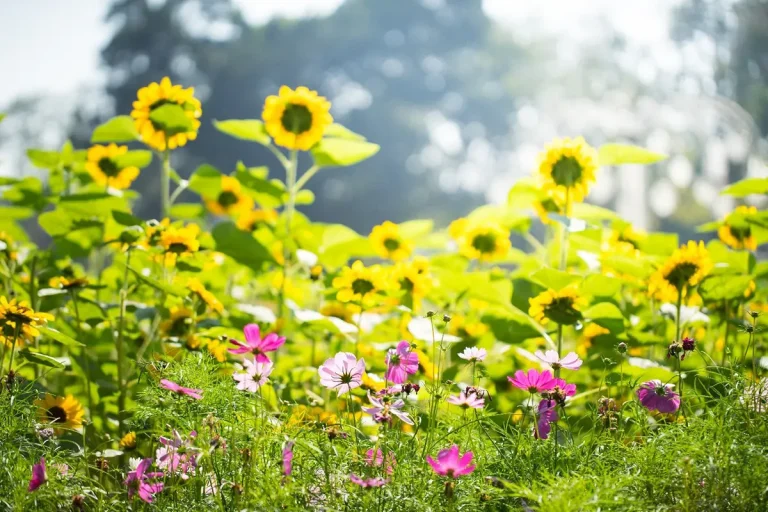
Garden chores for May
May marks the beginning of the summer’s brutal heat along the Gulf Coast. Vegetables, annual ornamentals, perennials, fruit and other trees are feeling the heat. It’s time to step up your watering cycle for all your plants. Here are some things you need to do now to make sure they
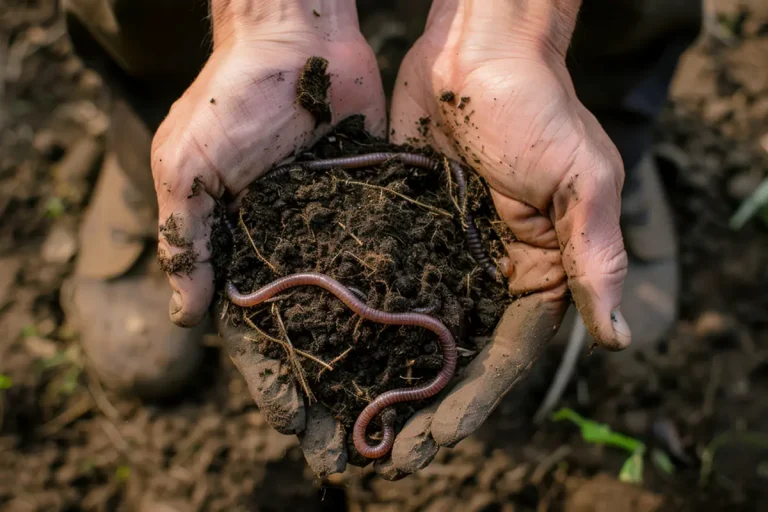
How Earthworms Help Your Garden
Want an abundant vegetable garden? Lush lawn? Healthy and beautiful flowers? Then the lowly earthworm can help you. They’re hard workers, and can help you transform your soil into a rich, fertile oasis for your plants. There are two kinds of earthworms that are important for gardeners—nightcrawlers and red wigglers.
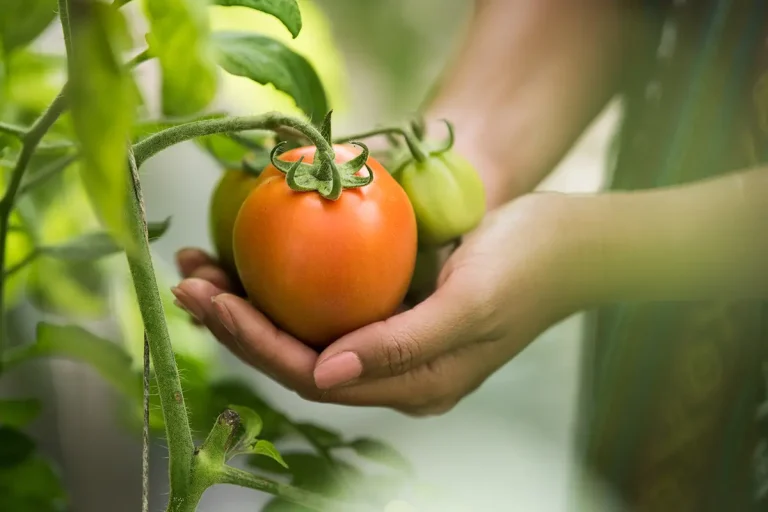
Time To Get Ready For Your Spring Garden
December is a busy time of year for all of us. And it’s easy to disregard chores, especially if the weather is cold and wet. But spring is right around the corner and now is the time to start getting ready for your spring garden. Get your seed catalogues and
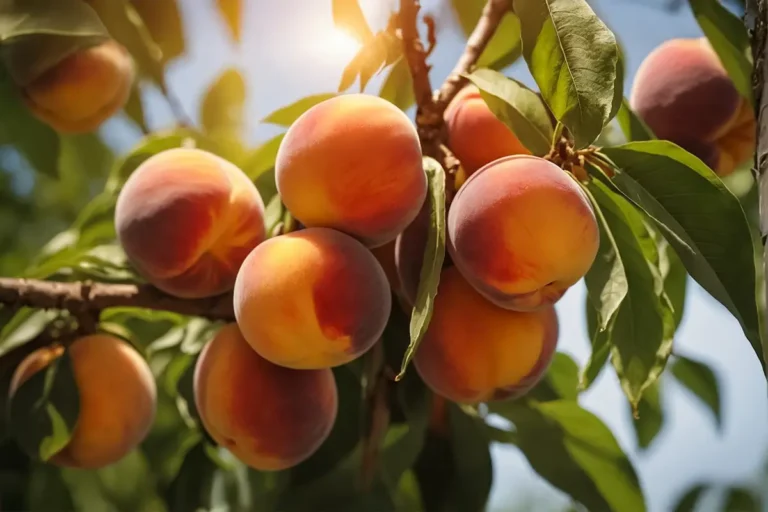
Planting and Caring for Fruit Trees
I love my fruit trees. No, I don’t have an orchard, but I do have Meyer lemon, pawpaw, Mexican plum, native persimmon, fig, and peaches. A neighbor has a beautiful grove of Asian pears (which he, his wife, a daughter and my wife cooked and canned 47 quarts of the
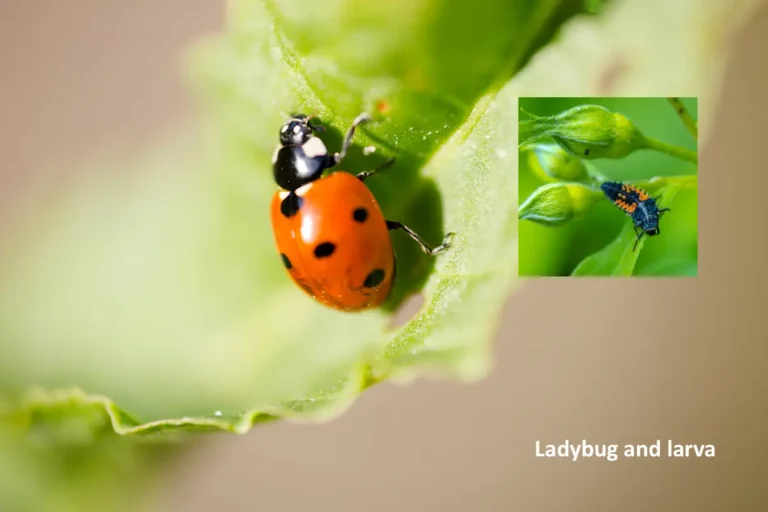
Ladybugs Solve Garden Pest Problems
They’re tiny, voracious and pretty. They can eat 75 aphids per day and around 5,000 in a lifetime. They are also a serious threat to fruit flies, thrips, mites, scale insects, mealy bugs, and leaf-hoppers. Get enough ladybugs in your garden, and using pesticides for these unwanted insect pests becomes
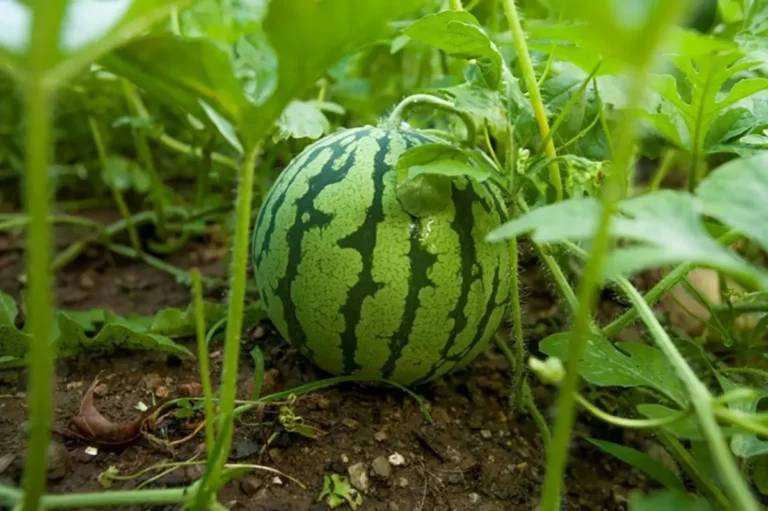
Garden Chores For July
If July is anything like June, it’s going to be a hot one again. So that means wearing protective clothing, and a broad-brimmed hat. If you choose not to wear long sleeves and long trousers, make sure you use a high-rated sunscreen—SPF 30. Always make sure to wear a hat,
About
Gulf Coast Gardening
At Gulf Coast Gardening our desire is to provide information about gardening…not only for us green-thumb (and some of us “black thumb”) veterans but also for all our beginning gardeners.
There are about 16 million people living along the Gulf Coast in Zones 8 and 9. About 25% are home gardeners, which means that home gardeners along the Gulf coast from Corpus Christi to Tampa number about 4 million. That’s a lot of gardeners.
Some of us grow vegetables and fruit, some grow ornamentals, some grow indoor plants, and many of us do all these things. A third of us are over 35, while the number of those under 35 is increasing day by day.
I am interested in your feedback, questions, suggestions, and observations. You can contact me.
My Upcoming Gardening Book
Gardening is a form of communication all its own – shortcut to the language of the heart, not the mind. Raising tomatoes, beans, roses or even native plants is a means of positive communication between all folks, young and old, physically able and physically and intellectually challenged, between all ranges of political, social, and philosophical differences.
I hope you find this book helpful and resourcesful.
